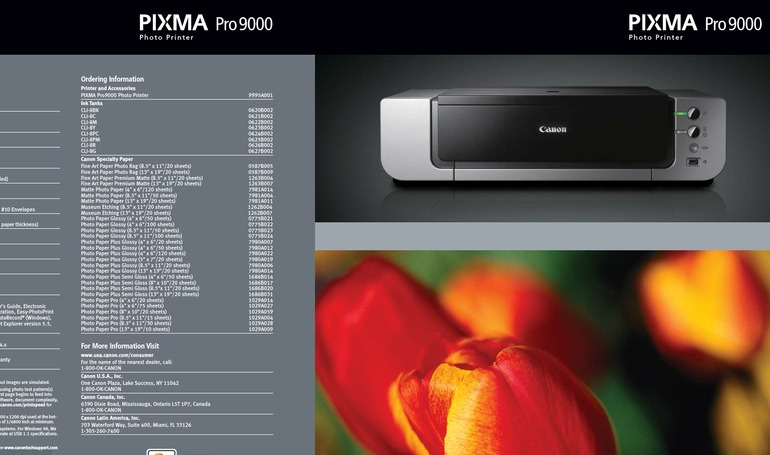In today’s digital age, the preservation of personal and sensitive information has become paramount. With the increasing reliance on cloud platforms, users must take proactive measures to protect their valuable content from potential threats. While accessing files online offers convenience, it also exposes them to vulnerabilities that necessitate additional layers of protection.
Employing advanced techniques to shield your information from unauthorized access not only bolsters privacy but also instills confidence in the integrity of your data. By integrating robust safeguards, individuals can enjoy peace of mind when managing their important materials in a virtual environment.
In the pursuit of achieving a higher level of protection, exploring various strategies becomes essential. As the landscape of digital threats evolves, understanding the right practices to keep your assets safe is crucial. Through informed actions and the application of effective methods, you pave the way for a secured experience in handling sensitive materials online.
Understanding Document Encryption Basics
The protection of sensitive information has become paramount in today’s digital landscape. Safeguarding data involves various methodologies, and one of the most reliable techniques is the transformation of information into an unreadable format. This process ensures that even if unauthorized individuals access the content, they cannot interpret it without the appropriate means for decoding.
Key Concepts of Information Transformation
At the core of this protective measure lies the concept of keys, which serve as the crucial elements that grant access to the originally encoded data. The strength of these keys can significantly impact the level of safeguarding provided. Longer and more intricate keys typically enhance the difficulty of unauthorized access, making it vital to choose them wisely. Additionally, various algorithms exist, each employing unique methods for modifying data, which can be suited to different protection needs.
The Importance of Safeguarding Access
Managing who can gain entry to the safeguarded information is equally essential. Without appropriate procedures, even the most advanced encoding techniques can be rendered ineffective. Establishing robust authentication mechanisms and regularly updating access controls contribute to maintaining the integrity of the information. Ultimately, a thorough understanding of these fundamental principles is the backbone of any strategy aimed at protecting valuable data.
Why Secure Your Google Drive Files?
In today’s digital landscape, safeguarding your online data has become more critical than ever. With the ever-increasing reliance on cloud-based solutions, it is essential to ensure that sensitive information remains protected from unauthorized access and potential breaches. Taking proactive measures to bolster the confidentiality of your files can significantly enhance your overall peace of mind.
Risks of Inadequate Protection
Failing to implement robust safeguards can expose your assets to various threats. Cybercriminals are continually developing sophisticated tactics to infiltrate personal and corporate accounts. A lack of adequate defenses may lead to loss of privacy, financial repercussions, or even identity theft. Therefore, recognizing the potential dangers associated with insufficient protection is crucial.
Maintaining Control Over Your Information
Securing your files allows you to maintain authority over your data. By introducing layers of protection, you can ensure that only authorized individuals can access your valuable information. This control is not just about personal peace; it also plays a fundamental role in upholding trust in both personal and professional relationships.
Choosing the Right Encryption Tool
When it comes to safeguarding your sensitive information, selecting a suitable utility is essential. The landscape of available options can be varied and intricate, making it crucial to consider several fundamental aspects to ensure your data remains protected. Understanding your specific needs and preferences will help streamline the selection process.
| Feature | Importance | Examples |
|---|---|---|
| User-Friendliness | Easy to navigate and use | VeraCrypt, AxCrypt |
| Algorithm Strength | Level of protection offered | AES-256, RSA |
| Compatibility | Works seamlessly with your systems | Windows, macOS, Linux |
| Cost | Budget considerations | Free options, subscription-based |
| Support & Updates | Access to assistance and enhancements | Open-source maintainers, dedicated support teams |
By evaluating tools based on these criteria, you will be well-positioned to make an informed decision that aligns with your protection objectives and operational needs. Each element plays a pivotal role in determining the effectiveness and usability of your chosen solution.
Steps to Encrypt Documents Effectively
Ensuring the confidentiality of sensitive information is crucial in today’s digital landscape. By implementing protective measures, individuals and organizations can safeguard their materials from unauthorized access. This guide outlines the essential procedures to effectively shield your files with robust encryption methods.
Select Appropriate Tools
The first step involves choosing the right software or applications tailored for securing your files. Look for solutions that offer strong algorithms and a user-friendly interface. Options vary from standalone applications to integrated features within existing platforms. Evaluate the available functions, compatibility, and reviews to find the most suitable choice for your requirements.
Follow Proper Procedures
Once the appropriate tool is selected, proceed with the encryption process by following the provided instructions. This typically includes setting a strong, unique password that will serve as the key to access your secured files. Make sure to keep this password safe and do not share it with anyone who should not have access to the sensitive content. After initiating the encryption, verify that the process has completed successfully before uploading or sharing the protected materials.
Sharing Encrypted Files Safely
Ensuring the safety of information when sharing files is of utmost importance in today’s digital landscape. Utilizing advanced methods to secure sensitive content can significantly reduce risks associated with unauthorized access. This section aims to provide insights on best practices for safely sharing files that have been protected against interception and misuse.
Choosing the Right Sharing Method
When it comes to distributing securely protected files, selecting the appropriate platform is crucial. Utilize reputable services that offer built-in features for safeguarding content during transfer. This may include options that provide access controls and expiration dates for shared links, thereby limiting potential exposure to only intended recipients.
Communicating Access Information
Once files are ready for sharing, it’s essential to communicate access details securely. Using encrypted messaging services can minimize the chance of interception. Avoid sharing sensitive information via unsecured channels, such as plain email, to prevent the risk of unauthorized individuals gaining access to critical credentials.
By following these guidelines, individuals can significantly strengthen the security of their files while sharing, ensuring that sensitive data remains protected throughout the entire process. Staying vigilant and informed about the latest practices plays a vital role in maintaining privacy and security in digital communications.
Best Practices for Enhanced Digital Safety
In today’s digital landscape, safeguarding sensitive information is paramount. Employing effective methodologies can significantly reduce risks and bolster the integrity of data handling processes. Adopting a proactive approach to digital safety is essential in navigating the vast online environment securely.
Regular Software Updates
Keep all applications and operating systems up-to-date to protect against vulnerabilities. Regular updates often include critical security patches that address newly discovered threats. Enabling automatic updates ensures that your systems are always equipped with the latest defenses.
Utilizing Strong Credentials
Create complex passwords using a mix of letters, numbers, and symbols. Changing passwords regularly and employing different credentials for various accounts further enhances protection. Consider incorporating a password manager to simplify the process of maintaining unique and strong access codes.
Implementing these simple yet effective strategies will significantly fortify your digital presence and mitigate potential threats.


